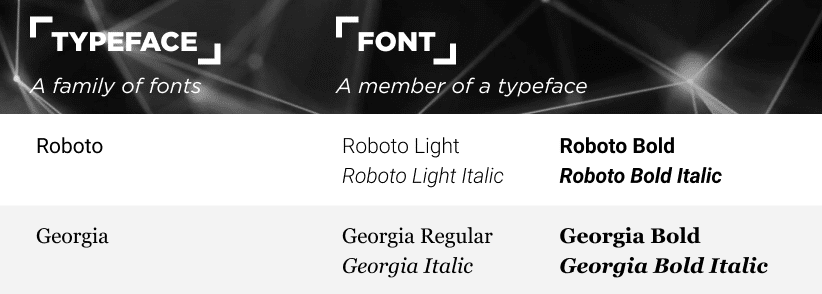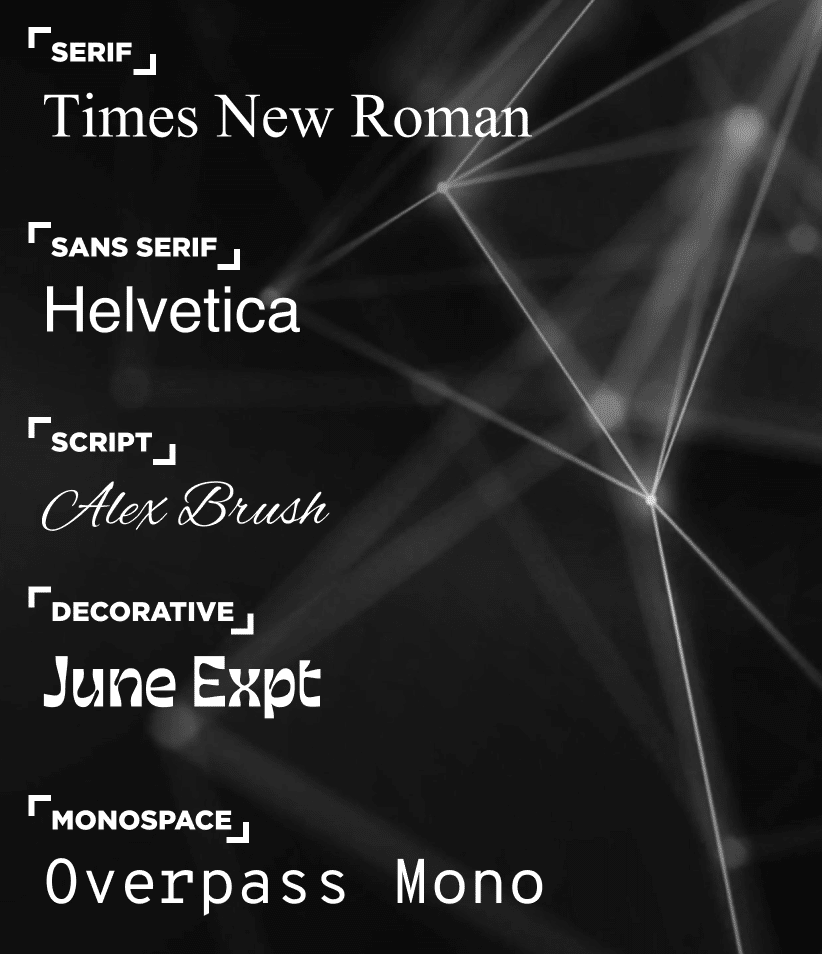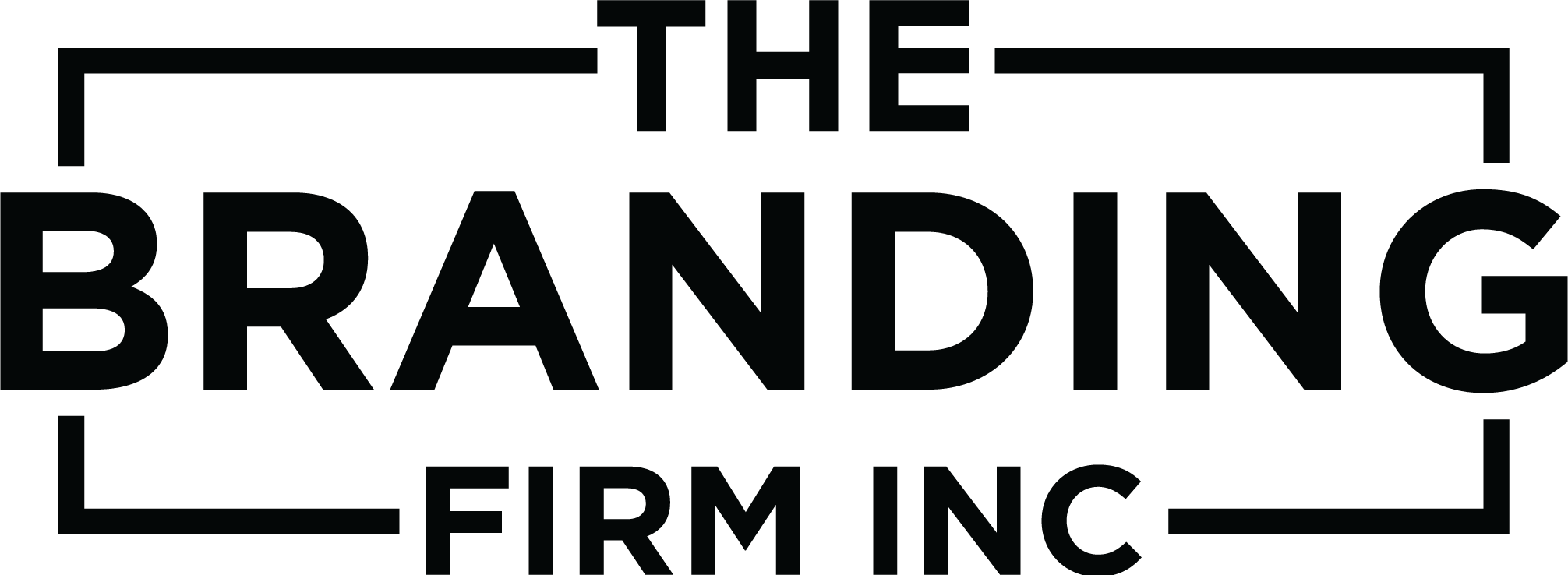Table Of Contents
More Than Just Fonts
Typography is more than just selecting a font – it’s a powerful visual tool that shapes how we perceive and interact with content. In an age where design plays a central role in brand identity, marketing, and communication, understanding typography is essential for designers, marketers, and business owners alike.
So, what exactly is typography, and why does it matter so much in design? In this blog, we’ll break down the basics, explore key elements, and show you how typography can elevate your brand’s message and user experience.
What is Typography?
Typography is the art and technique of arranging type. It involves the thoughtful selection and design of fonts, sizes, spacing, and layout to make written content both visually appealing and easy to read. It is more than just aesthetics, typography sets the tone, evokes emotion, and influences how viewers absorb information.
Below is a list of key terms and elements used in typography:
- Typeface and Font: While often used interchangeably, they do have a distinction. Typeface refers to the family of letters with a particular style (eg., Roboto), while a font is a specific variation of that family, such as weight (e.g., Roboto Bold). Multiple fonts can exist within a typeface.
- Hierarchy: Establishing visual order so readers know what to read first, next, and last, achieved through size, weight, or colour.
- Leading and Kerning: Leading is the space between lines, while kerning is the spacing between characters.
- Alignment: Determines how text is positioned – left-aligned, centered, justified – and affects how it flows on the page.

Why Typography Matters
Typography is often the first impression of your brand, whether it’s on a website, logo, business card, or social media graphic. It conveys personality, professionalism, and clarity. Consistent typography reinforces your brand’s voice and helps you stand out in a crowded market. There’s plenty of room for creativity in typography, but it still needs to be easy to read. High colour contrast, readable font sizes, and clear hierarchy make your content easy to digest. The style of type influences your viewers as well, a serious message shown in Comic Sans won’t deliver the same authority as one shown in Times New Roman. Typography plays a major role in setting the tone.
5 Basic Typeface Classifications
Serif: Serifs are slight projections finishing off the strokes of letterforms. With their easy readability, serif typefaces can be used in both headings and body copy. Serif typefaces are traditional and authoritative.
Sans-Serif: The word sans is French for “without” so sans serif is simply typeface without serifs. Sans-serif typefaces are also used for both headings and body copy. Sans-serif fonts are clean and modern.
Script: Script typefaces follow the handwritten flow of a cursive or calligraphy style writing. These typefaces are only suitable for headings as it can get difficult to read when the body copy is too small or too long. Script typefaces can range from formal and elegant to playful and casual
Decorative: Display typefaces are intended for large display use, they can have a variety of unique characteristics. making them suitable for logos or bold headings.
Monospace: Originally from typewriters, these offer a mechanical, tech-savvy vibe. While they are commonly used for coding, they are also suitable for headings and body copy.

With each class branching into its own set of subclasses, the creative potential is boundless. Choosing the right font pairing creates visual harmony and interest, while poor typography can undermine even the most compelling message.
Using Typography Effectively
- Create a Typeface System: Choose a primary typeface for headings, a secondary for body text, and use a third only if necessary (e.g., for accents or callouts).
- Follow a Hierarchy: Use consistent sizes and weights to organize your content and create flow.
- Strong Colour Contrast: Type must have a strong contrast against backgrounds to ensure readability. It is essential to follow Web Content Accessibility Guidelines (WCAG) when creating content for web design as it maintains the international standard in making content accessible to everyone.
- Prioritize Readability: Avoid overly decorative fonts in large bodies of text. Always test on different screen sizes and backgrounds.
- Use White Space: Give your typography room to breathe. Padding and margins enhance readability and reduce visual clutter.
Putting It All Together
Typography is an art, as well as a science. It’s not only about what words say; it’s also about how they look. Intentional use of typography improves brand perception, fortifies your message, and creates a smooth reading experience. Your choice of type can leave a lasting impression on everything from websites to marketing material. Transform plain text into effective design by carefully applying the fundamentals of typography.
Are you ready to transform the visual communication of your brand? Let’s connect!


